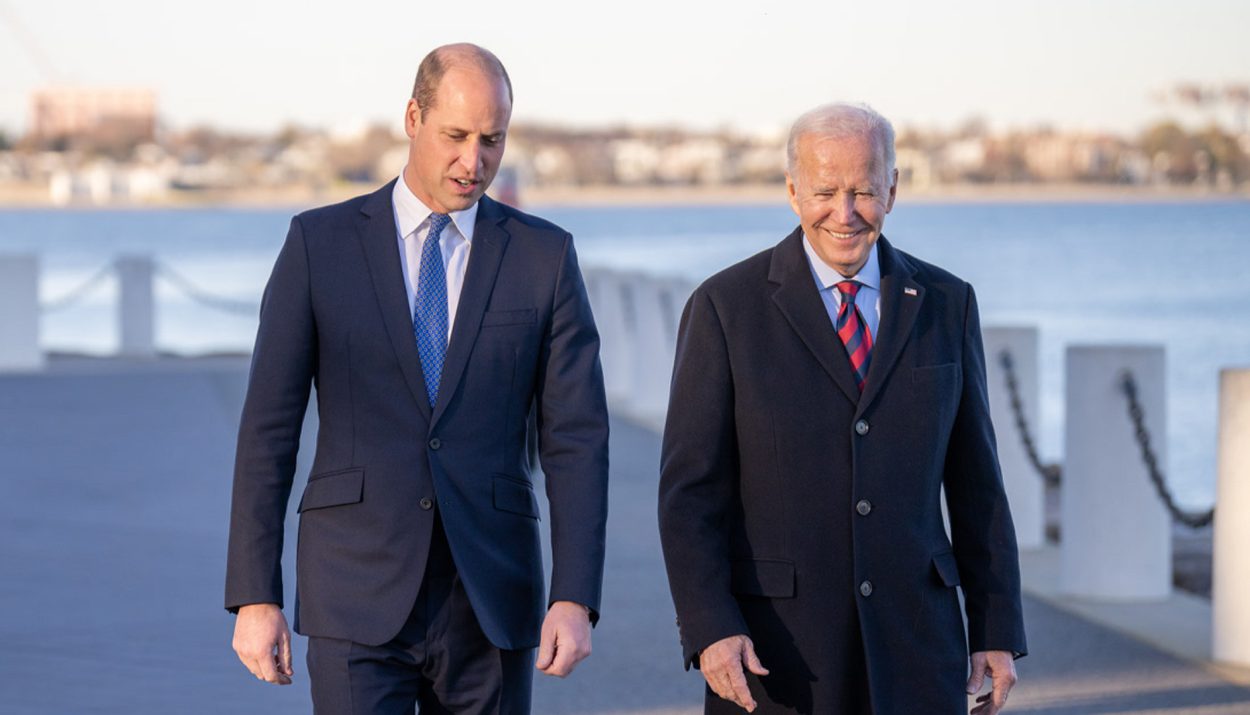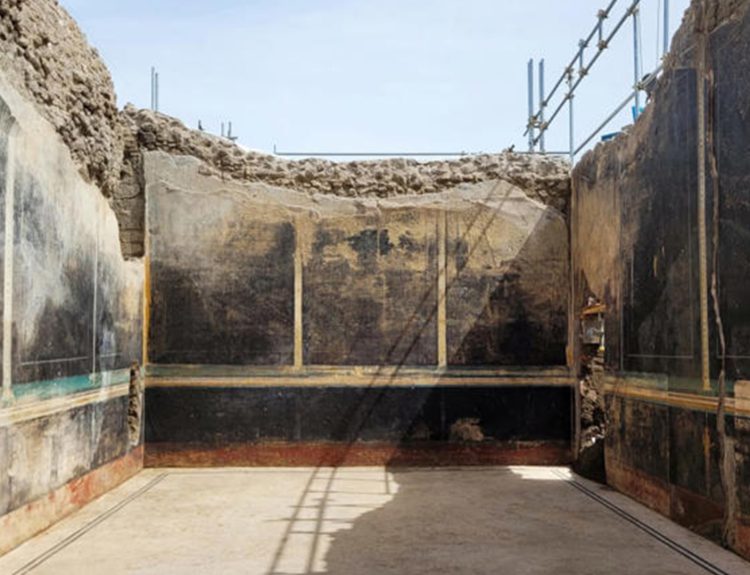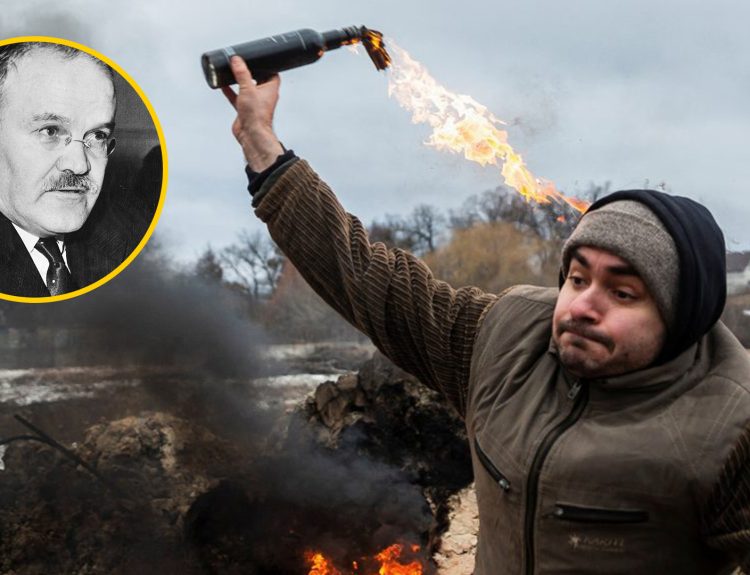With 78-year-old King Charles recently battling cancer, speculation has emerged over whether a regency could become necessary in the future, allowing Prince William to take over royal duties if Charles becomes mentally or physically incapacitated by advancing age, illness progression, or cancer recurrence. This regulated power transfer would enable continuity of leadership without King Charles having to fully abdicate the throne and disrupt the line of succession.
If Charles’s health issues increasingly cripple his stamina and ability to appear at public ceremonies, and events, and handle government paperwork, the formal approvals could be made to designate William as Prince Regent, tasked with temporarily taking the reins in leading royal responsibilities on behalf of his father. But having to activate such carefully designed emergency protocols would mark the first British regency arrangement in over 200 years since the controversial George IV served as a stand-in for mad King George III.
What Prompts a Regency?
The original Regency Act of 1937 allows the official transfer of governing authorities, powers, and leadership responsibilities from the reigning monarch to a designated regent if/when the current King or Queen becomes conclusively declared physically or mentally unable to adequately continue performing a satisfactory range of expected daily royal duties and ceremonial state functions central to their traditional role. This type of dramatic declaration essentially states the monarch’s unsuitability for further solo service must be provided in formal written documentation that is authorized and actively consented to by senior royal and governmental figures like the Queen Consort, Lord Chancellor, Speaker of the House, and Master of the Rolls based on evidence.
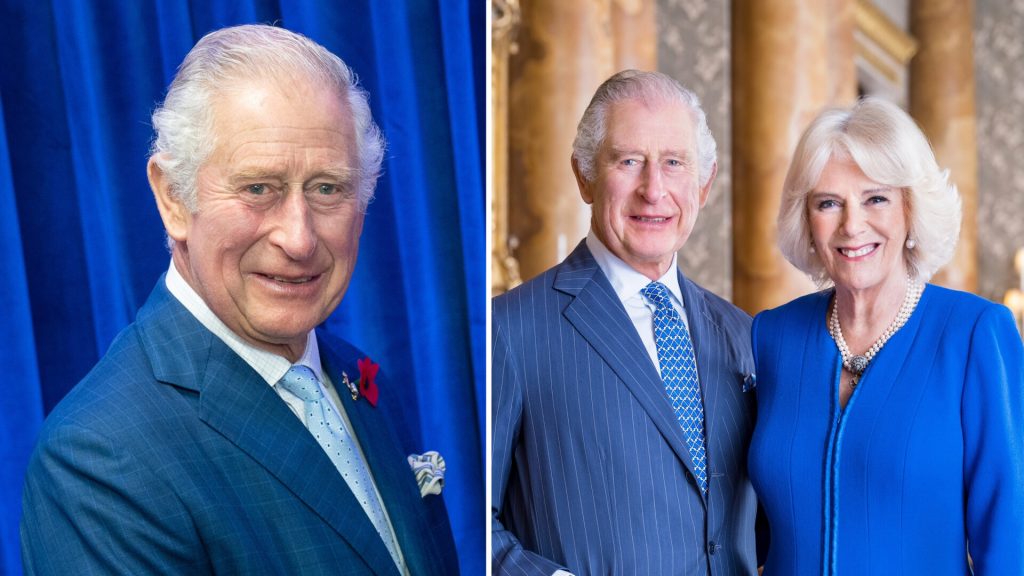
A regency allows vital preservation of stable leadership continuity without forcing the struggling clinically incapacitated monarch to permanently abdicate altogether or fully resign their powers, therefore avoiding unnecessary disruption destabilizing the established succession line. If King Charles’s general health eventually somewhat recovered and rebounded during treatment to a sufficiently stable physical and mental baseline again in future years, full governing authorities could be smoothly returned to him from Prince Regent William after doctors affirmed his capability to resume full duties. However, Charles himself would no longer retain any discretion, choice, or influence in overturning the implemented regency once originally declared necessary.
Counsellors or Regent?
In less extreme or questionable cases involving only temporary issues like the ruling sovereign needing to undergo a planned medical procedure rendering them briefly unavailable for up to a few months, existing constitutional provisions allow designating special junior royals categorized as “Counsellors of State” to temporarily fill-in handling routine governance matters or minor public ceremonial duties essentially serving pre-approved delegated stand-ins operating strictly within a defined limited scope. However, these authorized stopgap deputies categorically cannot conduct the most crucial sovereign responsibilities exclusively reserved for the substantively empowered monarch himself regarding weighty issues like dissolving the Parliament, formally appointing new judges/ministers, approving legislation, or dealing with sensitive Commonwealth realms affairs.
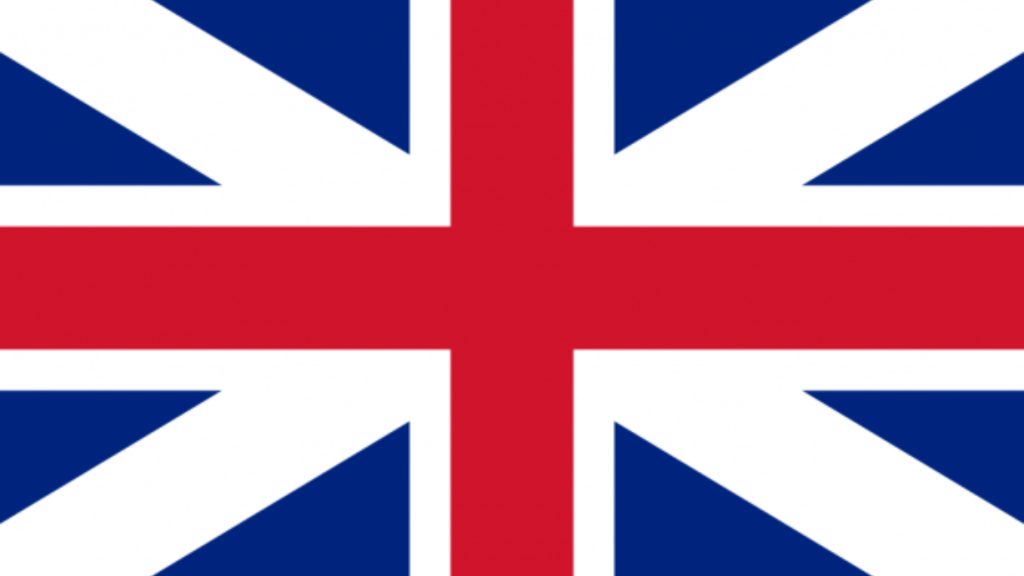
Therefore, the elevation move appointing successor Prince William to the exceptional status of legally endowed Prince Regent would establish an explicitly stronger and more durable contingency leadership replacement plan capable of fully sustaining continuity empowered ruler-ship for foreseeable years ahead if elderly King Charles potentially becomes profoundly or permanently mentally or physically incapacitated during future course of his reign from compounding health afflictions like recurring cancer, mounting coronary heart disease, or incapacitating strokes. The Regent ascension protocol enables the resilient preservation of a functioning government.
Last Regency?
The last royally appointed Prince Regent ended up governing Britain over 200 years ago starting in 1811, when Parliament formally declared reigning elderly King George III growingly mentally inept and deranged, no longer capable of soundly continuing his sole rulership without assistance managing state affairs. This urgent declaration of the King’s extreme insanity and incapacity quickly prompted the passage of a special declaratory Regency Act to install his son George Augustus Frederick as substitute interim leader assuming temporary governing control authority. This heir apparent Prince George thereby received expansive powers act as appointed caretaker ruler on behalf of his mentally collapsing father for nearly a decade before his death.

The famed vain arts patron King-in-waiting subsequently became both admired and notorious for his shockingly flamboyant hedonistic lifestyle and profligate spending habits focused on self-glorifying palaces displaying luxury taste. But soldiered on handling practical governing amid war. This critical episode established a model blueprint for future regencies ensuring functioning leadership during medical crises jeopardizing able-bodied reigns.
Appointing a Modern Regent
If Charles’ physical and mental health deteriorates to an unworkable state by certified diagnosis, the succession proceedings would initially involve emergency and gathering Thebron’s elite Privy Council authorities. This somber assembly group would conduct a grave official review meeting evaluating presented medical evidence and testimonies to conclusively confirm the severity of King Charles’ total perceived incapacity to reign solo unsupported. Upon rendering the sobering judgment of the monarch’s fundamental incapability to conduct routine affairs, position even reasonable aids, and equipment provisions, the Privy Council would then quickly approve issuing a formal declaration announcing the decided long-term impairment meriting Regent appointment.

New Prince Regent successor William would next be required to make a series of solemn public oaths swearing faithfully to execute weighty caretaker leadership duties acting on his incapacitated father’s behalf. William would also credibly affirm their intention to refrain from meddling in political religious matters like the Scottish Kirk beyond the temporary scope granted. While inherently revocable, the Declaration however grants William expansive powers to helm the crown’s functioning.
What Degree of Governing Authority Would a Prince Regent Be Able to Wield?
By designation, the empowered Prince Regent would be fully legally authorized to perform the significant majority of public-facing royal duties, ceremonies, festivities, globetrotting trips, and charity drives ordinarily conducted by the substantive monarch. However, constitutional limits would still formally constrain Regent William’s independent exercisable political powers regarding a selective minority of more impactful sovereign abilities considered requiring the specific express approvals of mentally competent King Charles himself as technically still reigning overseer. These permissions-only areas would include appointing new bishops or judges, signing parliamentary legislation approvals, declaring war offensively, formally altering noble hierarchies and bestowing new peerages, issuing convict pardons, and dissolving full parliament sessions.

So while practically gaining invaluable preparation experiences helping someday assume the crown himself post-Charles, William would remain decidedly subordinate stand-in rather than the paramount sovereign ruler, solely operating through graciously lent delegatory authority Charles rationally retains final say over in given functional areas. The aims provide leadership continuity.
Regent in Other Realms?
In short no, William ascending to the specially created status of Prince Regent leadership in the United Kingdom would decidedly not innately automatically translate into him concurrently assuming any interim governing authority positions across the other 14 Commonwealth realms internationally where his father King Charles III currently occupies a strictly ceremonial symbolic role under their localized autonomous constitutional governance frameworks. As wholly self-determining countries like Canada, Australia, Jamaica, and the rest all have their codified procedures, and domestic regulations dictating contingencies regarding the continuity head monarch’s role, such national governments would retain full discretion rights launching their independent assessment inquiries and approval processes deciding respective next moves.

Therefore each affected Commonwealth realm from New Zealand to Belize would make an entirely sovereign judgment whether appointing William as complementary interim Regent there provides a sensible stabilizing move satisfied national interests, or altering local constitutional rules allowing vacant symbolic monarch post, based on their territory’s unique circumstances.
Why Not Abdicate?
Realistically today, the current elder King Charles rationally retains a minuscule incentive willfully choosing self-directed permanent abdication barring utter incapacitation. Voluntary abdications establish disastrous instability precedents given lasting trauma still lingering from the scandalous 1936 Edward VIII debacle leaving the crown vulnerable and appearing feckless. Moreover, Charles publicly vowed solemn “lifelong service” at his accession signaling commitment to persevering rule under foreseen aging tribulations.

Furthermore, resigning abandons solemn bully-sealed coronation vows to serve a binding religious covenant in Charles’ view. Whereas consensual Regent transition allows delegating labor for interim assistance to provide leadership cover while still upholding vows technically. Finally, permanent abdications break the continuity of succession, but flexible reversible regency keeps lawful succession intact pending recovery. Hence unless medically unable to coherent thought, the king does not abdicate.
Current Regency Laws
Given the long dynastic history involving periodic medical health episodes suddenly incapacitating senior monarchies from rule, the British crown over centuries wisely enacted certain constitutional Acts establishing formal legal procedures precisely detailing the process for formally declaring a reigning sovereign mentally or physically unfit to continue governance duties alone without assistance regent. Most definitively, the expansive 1937 Regency Act sets protocols for transferring authorities heir, reclaiming powers if health stabilizes, etc. Additionally, subsequent like the 1953 Act reinforced continuity protections.

Combined these existing emergency statutes provide a robust fully vetted framework of immediate stability leadership via regent in the event of sudden catastrophe, severe health collapse, or accident abruptly ending solo rule. So current laws are strongly equipped to handle modern regency needs but may warrant revisiting soon to plug any gaps relating to the youthful successor Prince George currently being underage. Overall stout structure is present.
Potential Regency Duration?
There are no strict legal limits on how long a regency can last. While intended as temporary, it could continue for an extended period if King Charles remains unable to resume duties before death. For example, George IV served as regent for nearly 9 years in the early 1800s before his incapacitated father died making him King.

If activated, Prince William could therefore realistically remain as Prince Regent for years until Charles passes and he ascends the throne.
Could King Charles‘ Projected Health Declines Eventually Compel Invoking Formal Prince Regent Installation of William Before Reign’s End?
While King Charles’ optimistic cancer diagnosis prognoses and current stability of his coronary health may suggest a robust constitution lasting through full reign, the likely reality remains that compounding threat trajectories like potential cancer recurrence, advancing artery disease from aging, generalized frailty accelerating injuries, or even strokes could foreseeably converge in later years collectively overwhelming monarch’s baseline capabilities conduct regular grueling solo leadership duties through reign’s end without William’s helping hand.
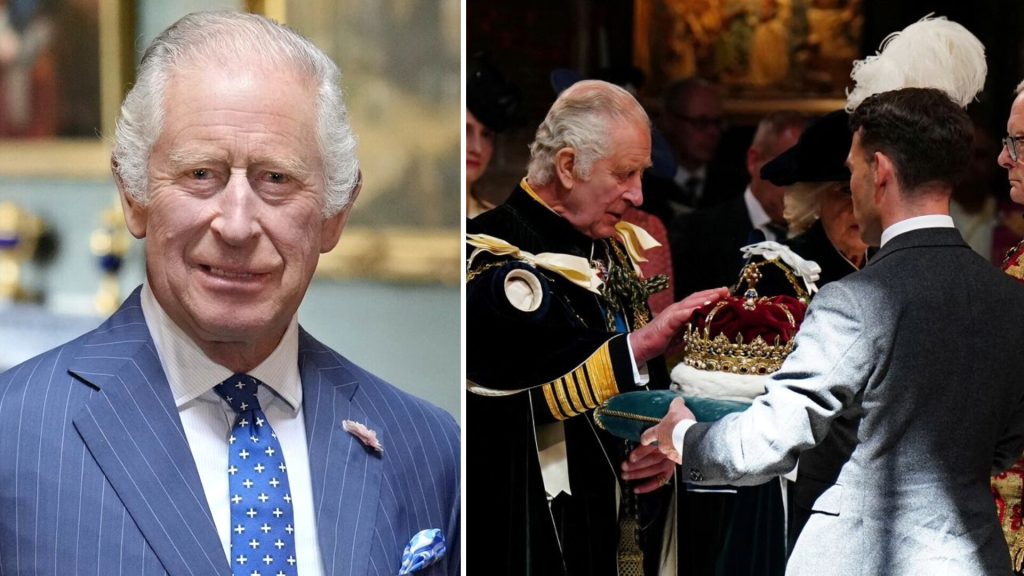
Within the decade ahead, King Charles’s progressively faltering physical stamina and mental acuity incrementally declining or suddenly collapsing under intensified incurable illness burdens could altogether realistically severely test seldom used regency governance provisions, enabling insured continuity functioning crown. If so, Prince William would find himself abruptly summoned centerstage upholding royal dignity.

